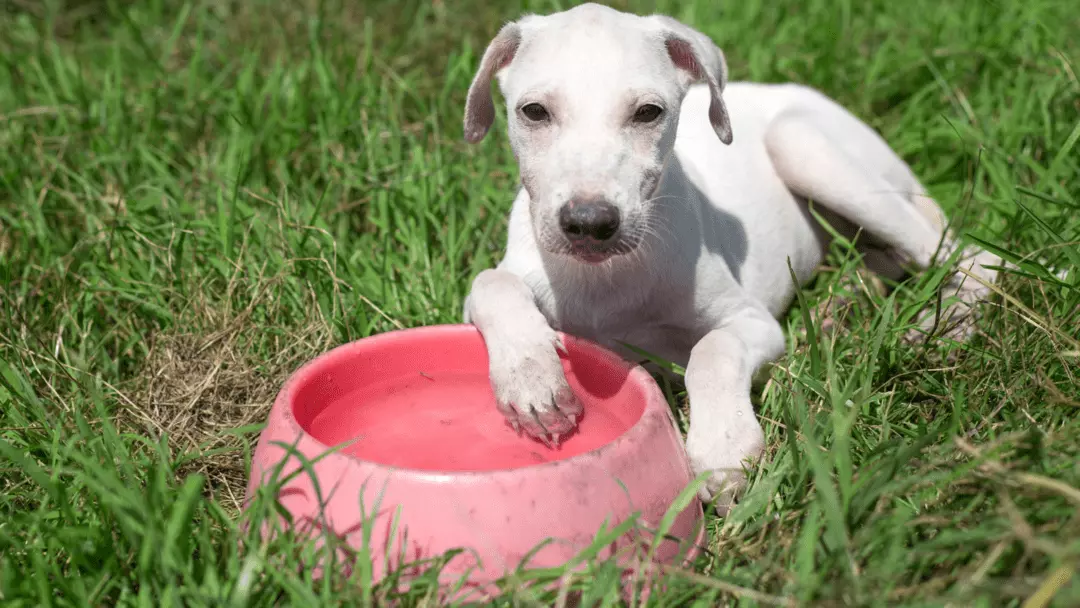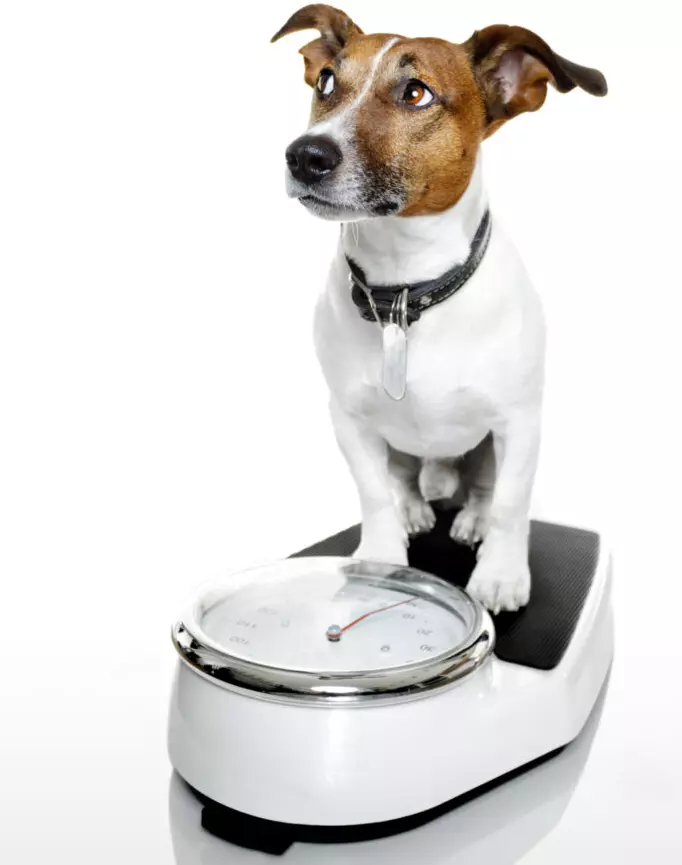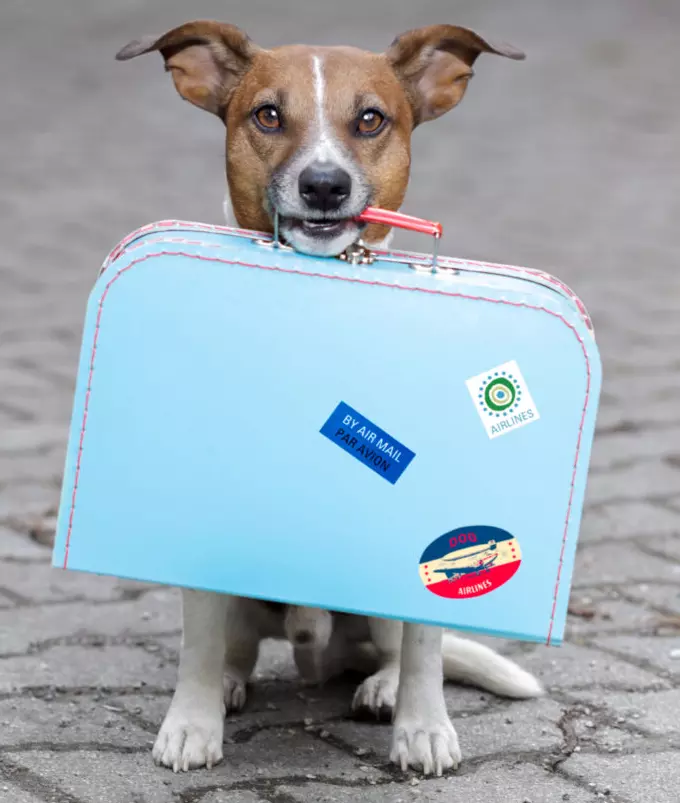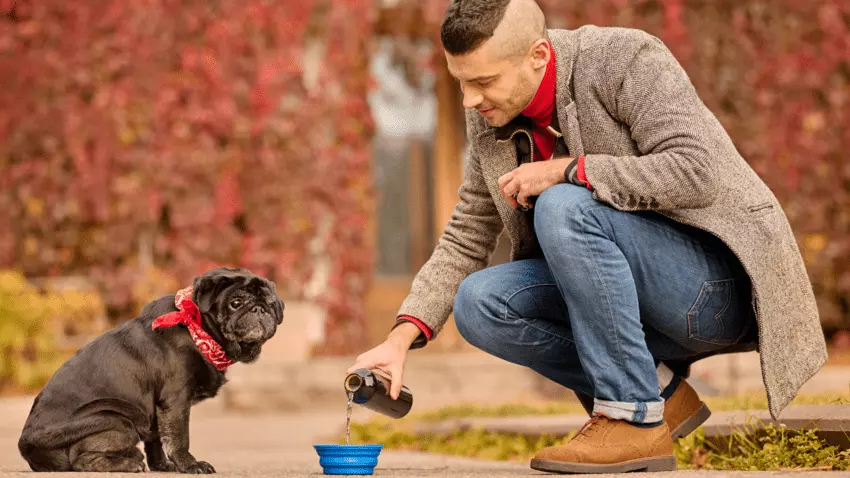Why Is My Dog Not Drinking Water After Tooth Extraction?
As with humans, water is essential for a dog’s survival. So if you have a dog not drinking water after tooth extraction, you have to be concerned.
It’s important to understand why these behavioral changes are happening, so you can help your dog cope and recover.

Below, I discuss why many dogs tend to refuse water after tooth extraction and what you can do to help your pet.
What happens if a dog doesn’t drink water?
Dehydration is your leading enemy whenever your dog refuses to drink water. Most dogs will show signs of dehydration within 24 hours of not drinking.

Aside from dehydration, lack of water will make your dog prone to overheating, especially during the summer season. Flat-nosed breeds like Bulldogs, Pugs, Frenchies, and Pit Bulls are at a much higher risk.
Overall, if your dog isn’t drinking within 12 hours, you should call the vet immediately. This is regardless of whether the dog underwent tooth extraction or not.
Why do dogs refuse water after tooth extraction?

Like with humans, tooth extraction is a painful procedure. This pain will make dogs reluctant to put anything in their mouths.
If you’re wondering, the following are the main reasons why dogs refuse to drink after undergoing tooth extraction:
1. Side effects of anesthesia
The leading cause why dogs refuse to drink after a tooth extraction is the side effects of anesthesia. It will take dogs 1 to 3 days to fully recover most of the time.
Take note that dogs with more body fat absorb more anesthesia. This means the puppy will take longer to recover than other canines.
Your dog will suffer from grogginess, lethargy, sluggishness, and behavioral changes during this period. However, all of these are short-term and will clear up in a matter of days.
Such side effects will also make your dog reluctant to drink. But as much as such an effect is considered normal, you have to ensure that your pooch stays hydrated.
2. Pain in the extraction area
Another reason why dogs don’t like drinking after tooth removal is the pain in the extraction area. Your dog may experience pain for up to five days as the extraction site heals.
However, if it’s been more than a week, you should check for potential infections. Also, if your dog has terrible breath, is discharged from the extraction site, and has a poor appetite, you should bring it back to the vet.
The good thing is that extraction-related pain can be easily managed with prescribed painkillers. Make sure that you follow the vet’s instructions.
3. Poor appetite
Lastly, your dog probably has a poor appetite. This is often a side effect of anesthesia or a generalized symptom due to the pain or discomfort of tooth extraction.
Like any after-surgery symptoms, poor appetite will resolve in a matter of days. But if your dog is still refusing food and water after a few days, it’s best to consult the veterinarian immediately.
How to encourage a dog to drink after tooth extraction?

It’s important to encourage your dog to drink water to prevent dehydration. Here are a few tips that will help after your dog’s tooth extraction:
1. Consider giving cold water
The cold water helps ease the pain on the extraction site, and it will also stop the bleeding. With this, your dog may likely enjoy drinking its water cold than at room temperature.
You can add ice cubes to its water bowl and see how your doggo will respond. You can also try tossing ice cubes on the floor, as some dogs that underwent tooth extraction enjoy nibbling on the cold treat.
2. Make the water tasty.
Another trick you can try is adding low-sodium broth into your dog’s water. The added taste and smell will entice your pooch to drink.
Aside from encouraging hydration, the broth will also help your dog recover after the tooth extraction. It’s rich in minerals, collagen, and vitamins that will give your dog a kick of energy.
3. Switch to wet food
After the tooth extraction, your dog will likely have a poor appetite. This is because kibble is more complex and more painful to chew than wet food.
In this case, you should ask the veterinarian for a dry food alternative that won’t upset your dog’s stomach.
The good thing about wet food is that it’s easier to chew. It’s also packed with moisture that will keep your dog hydrated aside from drinking water.
4. Never force your dog to drink.
Force-feeding a dog with water can be very harmful. Your dog might inhale the water, which can lead to pneumonia if it happens in large amounts.
Instead, just coax your dog to drink and let it do so of its own volition. You can also try other methods I discussed above.
5. Provide pain relievers
It would help if you also administered the painkillers your dog’s vet prescribed after the tooth extraction. This will help numb the pain, so your pet can eat and drink normally.
Always follow the dosage and timing of the medication for optimal effects. And if your dog shows any adverse symptoms, don’t hesitate to call the vet immediately.
How long can a dog go without drinking after surgery?
Dogs can go without drinking for two to three days. Still, you shouldn’t push your dog to the limits.
After tooth extraction, most dogs will resume drinking and eating within a day or two. Despite that, you should still encourage your dog to drink right after surgery.
Overall, it’s not good for dogs to go without drinking for more than 12 to 24 hours. This is much so if your dog has lingering health conditions.
How much does a tooth extraction cost for a dog?
The cost of canine tooth extraction can set you back for around $500 to $800. The overall cost depends on the specific dental condition of your dog as well as the additional care needed after surgery.
Aside from that, the size of your dog and the complications that entail the procedure will impact its cost. The complexity of the extraction is also a significant factor.
If you’re worried about the cost of canine tooth extraction, you should get your dog insured as soon as possible. This may not cover all the expenses, but it will help ease the burden on your pocket.
How long does it take for a dog to recover from a tooth extraction?
On average, dogs will feel like new two to three days after the tooth extraction. The first 48 hours are the most uncomfortable for dogs as the anesthesia starts to wear off.
If your dog remains drowsy after 24 to 48 hours, you should consider calling the vet right away. This is a potential sign of complication that requires immediate veterinary attention.
Can a dog eat after tooth extraction?
It’s safe for dogs to eat after extraction, but it should be limited to soft food. This should go on for 10 to 12 days until the extraction site has closed and healed.
If your dog refuses to eat or drink after extraction, you can ask the veterinarian for ways to entice your pet’s appetite. However, remember that you should never force-feed your dog after tooth extraction as it can lead to choking and inhalation of the food item.
Conclusion
A dog not drinking after a tooth extraction is a common occurrence. Still, it would help if you encouraged your dog to stay hydrated by making water more appealing.
Also, you should provide medications to ease the pain on the extraction site. This will help ease your dog’s discomfort, so it can drink and eat properly.
